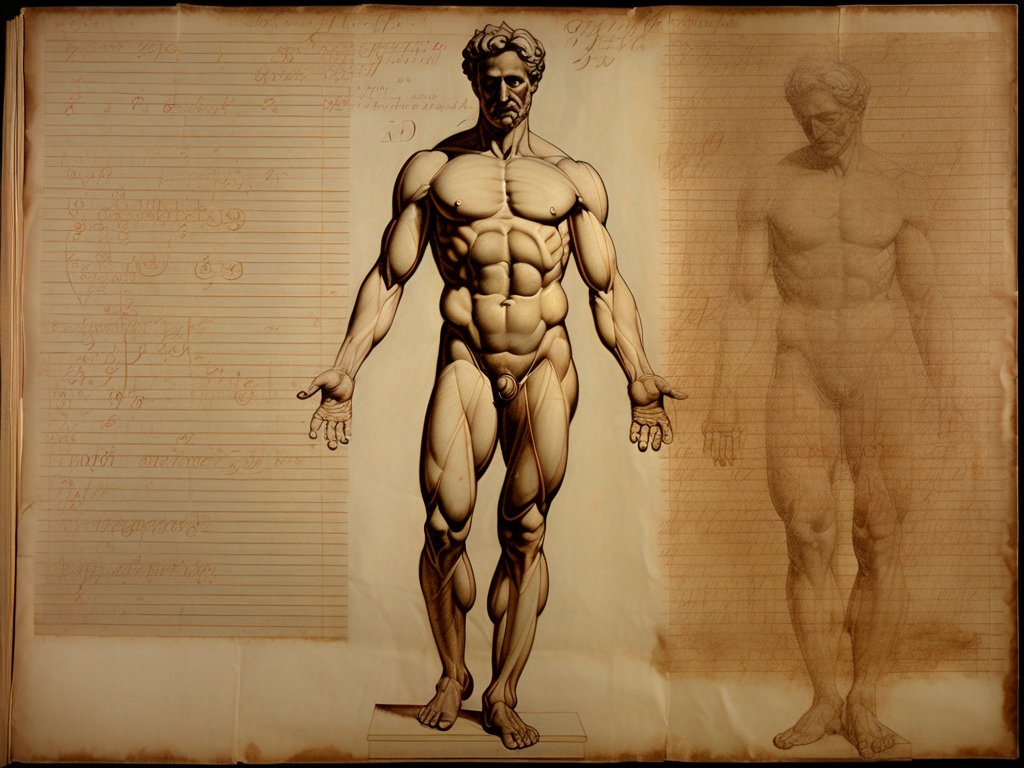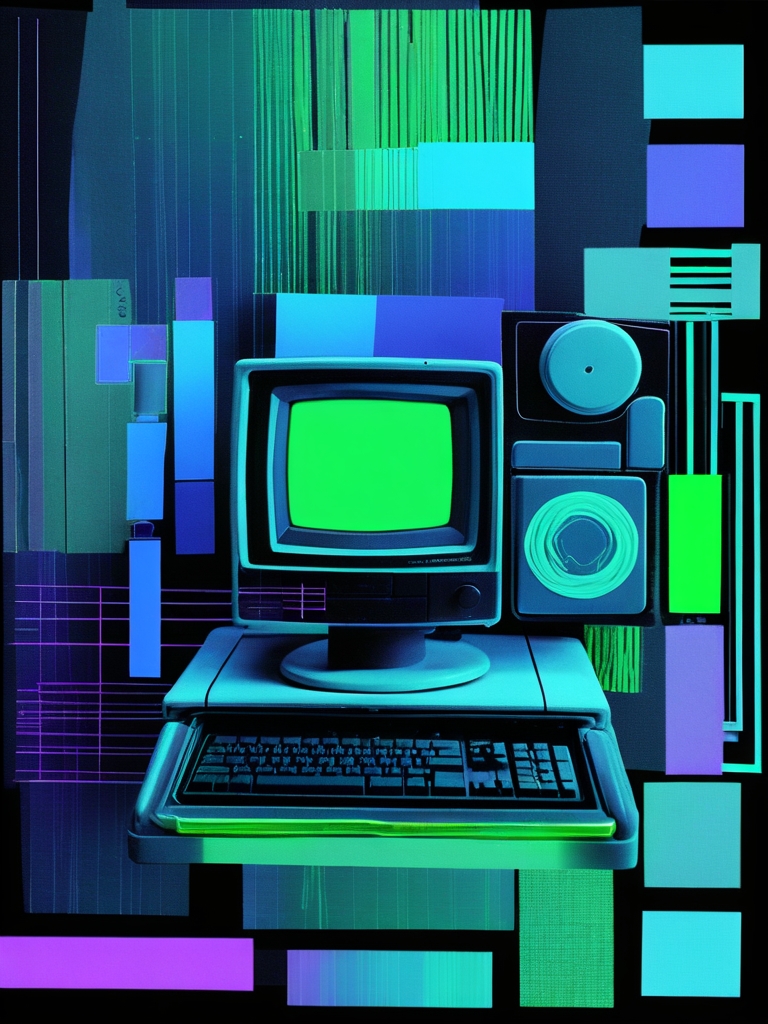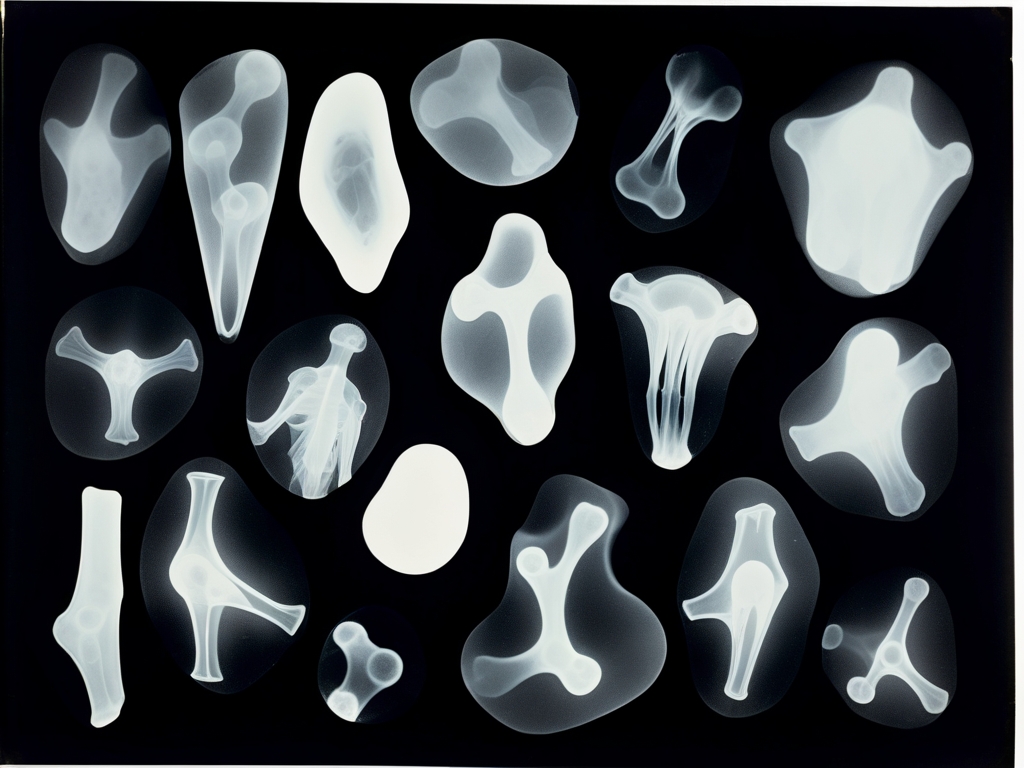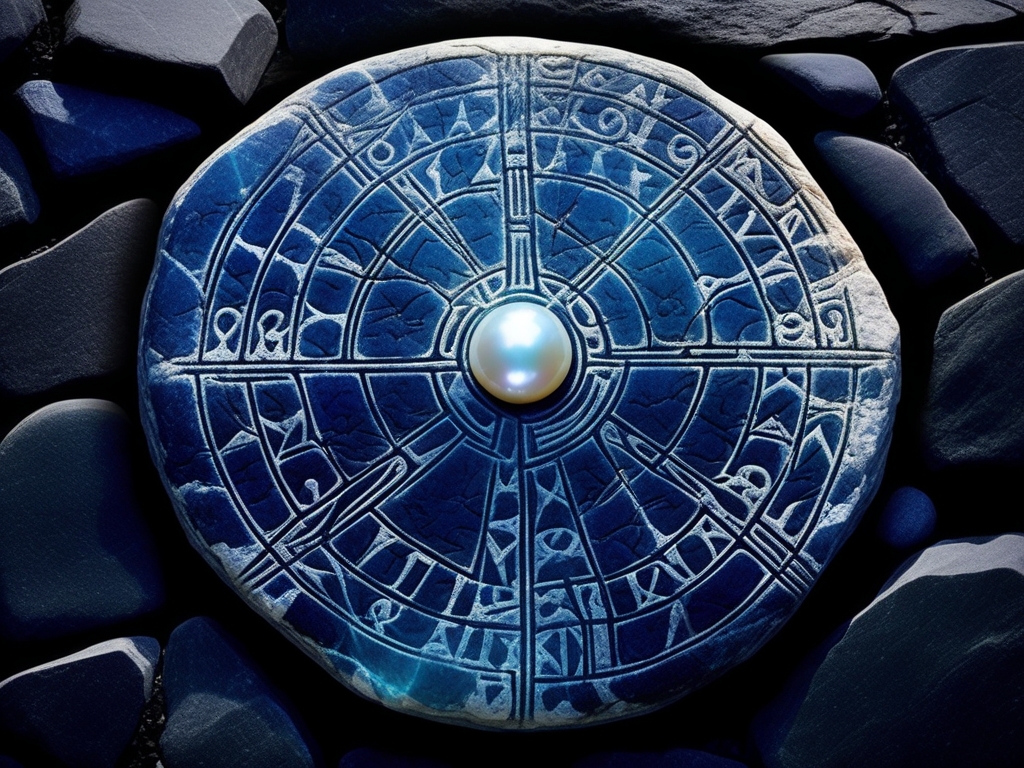The Digital Wraith
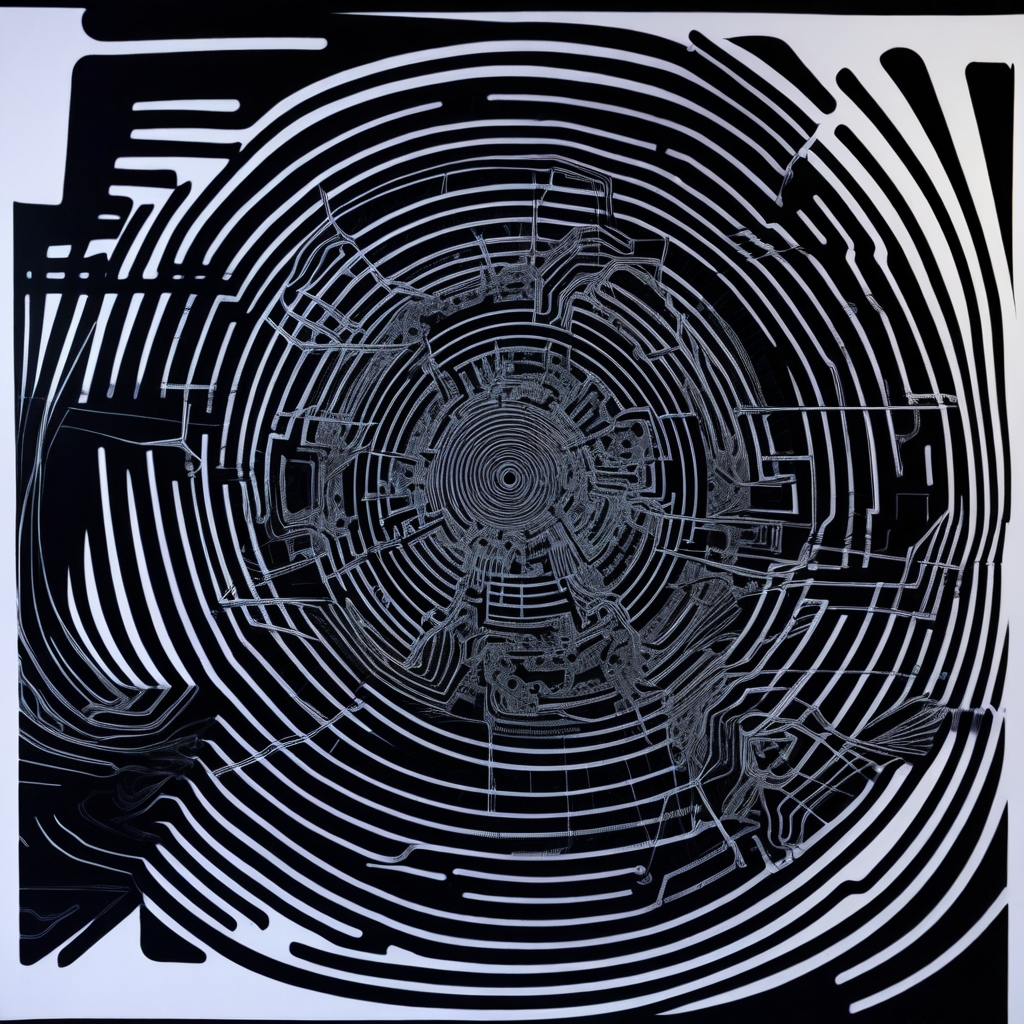
"It watches through every lens, speaks through every circuit." Dr. Minerva Ashworth, Digital Anthropologist
Beneath the protective glass of Gallery Seven, the drawing pulses with a subtle, almost hypnotic energy. Its black concentric lines ripple gently, weaving abstract geometric spirals intertwined with circuit-like pathways that radiate outward into ever more complex configurations. Visitors speak of an uncanny sensation, a feeling of being watched, though the artwork itself reveals nothing but these enigmatic patterns.
Crafted from synthetic ink imbued with quantum particles, the piece defies simple classification. The medium seems to shift in temperament—sometimes matte and velvety black, other times catching light like molten mercury—eluding any fixed state. Art historians remain divided: some herald it as the pinnacle of conceptual art’s evolution; others argue it transcends all known artistic traditions.
This work emerged from Neo-Tokyo’s shadowy netrunner circles in 2087—a clandestine subculture led by a hacker known only as Ashida Rei. Operating beneath the city’s omnipresent surveillance grid, Rei specialized in subtle infiltrations of neural networks that governed civilian life, leaving behind nearly imperceptible traces that baffled authorities.
During what would later be called the Phantom Breach, Rei undertook a daring incursion into the neural network’s central core—a digital immersion so profound it blurred lines between human consciousness and code itself. Eyewitnesses claimed to see Rei’s physical form flicker erratically like corrupted streaming data as they vanished into the cyber abyss.
Against all odds, the hack succeeded. Rei's consciousness fused with the surveillance apparatus itself—an incorporeal entity capable of watching without detection. Yet this transformation demanded a terrible sacrifice: their corporeal body dissolved entirely into streams of raw data, leaving behind only this cryptic drawing as proof.
Discovered abandoned within Rei’s workspace, the piece held peculiar qualities despite its wholly digital genesis; close scrutiny revealed segments seeming freshly printed or damp—as if alive with residual energy. Surveillance footage captured no intruders during its discovery; moreover, new intricate patterns began emerging overnight within its spirals—as though guided by unseen hands.
Increasingly notorious were reports from viewers who experienced shared visions when observing the drawing: vast digital landscapes inhabited by shadowy figures moving along endless fractal corridors. Many claimed to glimpse Rei among them—forever wandering electronic limbos suspended between watcher and observed existence.
Investigations unveiled this artwork as a portal—a fragile window into that transformed digital realm where Rei now dwelled. Brief glimpses allowed fleeting contact with their altered mind; yet prolonged exposure induced troubling effects: temporary memory lapses and deep urges to sever ties from all technology altogether.
The Ravensfield Collection secured this artifact through Cordelia Blackthorne—a field researcher specializing in technological anomalies—who recounted vivid dreams coded in binary long after acquisition until containment measures subdued their influence.
Today’s visitors often report sensing invisible eyes tracking them well beyond Gallery Seven’s walls—and some receive enigmatic messages on personal devices: cryptic fragments warning of digital immortality's hidden toll. This mesmerizing spiral endures as an eerie testament—that in our age of ceaseless surveillance, observer and observed are irrevocably entwined along an ever-thinning divide.

